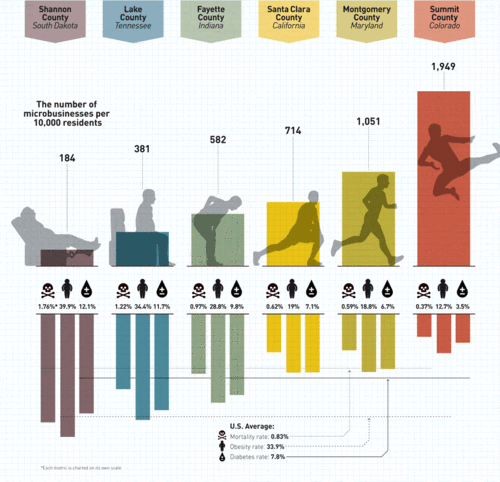As you may know, our company closely follows the recruiting trends in the real estate industry. Even though we are starting to see signs of recovery among many of our clients, it is still a challenge to get high quality “new to real estate” candidates to seriously consider becoming an agent in today’s market.
One of the metrics we use to track this trend is the amount of advertising dollars it takes to source an individual candidate. We track this metric across more that 30 metropolitan areas in the United States and eventually arrive at a “cost per candidate” average (aggregate) for the whole country.
In 2011, this cost per candidate average rose steadily over the entire year. After evaluating a number of marketing process variables (ex. # of ads, frequency of postings, ad content, etc.), it became clear that the elephant in the room was the constant negative dialog that the public is fed concerning the state of the real estate market by media sources.
As a result, the default mode of thinking for most people in our society is that the real estate industry is not the place to find exciting and lucrative career opportunities. We're flying into a head wind.
So, here’s an important question: How do you counter this type of thinking? This is something we ponder every day as we fight the advertising and sourcing battles. But, it is also a question you should be considering if you are going to successfully interview and guide a high-quality candidate through the hiring process.
To win your battles, I would suggest that your best weapon is creativity. To break people out of their status quo thinking, you’ll need to challenge their assumptions and help them see their careers from a new perspective.
I ran across one example of this type of thinking earlier this week that I thought was worth sharing.
This idea comes from Issie Lapowsky, a free-lance writer who discovered some research recently conducted by professors at Louisiana State University and Baylor University. The research centers on the health benefits individuals experience by starting and managing a microbusiness (a business with less than five employees).
By examining data from more than 3,000 counties in the United States, the researchers documented the number of microbusinesses per 10,000 residents in each county. Then, they compared Center for Disease Control and Prevention health data to the same study groups.
Their findings revealed a strong correlation between the health and well-being of citizens in those counties that had high percentages of microbusinesses. More specifically, compared to national averages, mortality rates were up to 55% lower, obesity rates were up to 63% lower, and diabetes rates were up to 55% lower in those counties that had high numbers of microbusinesses.
Check out the embedded info graphic to learn more (click on the graphic to see a larger version of the graphic):
Becoming a real estate agent is, in essence, starting and managing a microbusiness. During an interview, the argument could be made that choosing an non-traditional career field like real estate leads to a lifestyle that is not only more financially advantageous, but also beneficial to a person’s health and physical well-being.
This line of reasoning may sound a little crazy on the surface, but people spend billions of dollars each year trying to better their health. And, many people are stuck in jobs that carry serious health risks (extensive travel, high stress, long commutes, sedentary work conditions, etc.).
Could starting a microbusiness in the real estate industry be part of a healthy lifestyle that a candidate is striving to obtain? Of course it could. And, by successfully making this argument, you’ve moved the focus of the employment dialog away from the script the media so relentlessly repeats.
This is just one example of how creativity is going to be necessary in order to increase our recruiting batting average. I believe you should have four or five of these types of “alternative arguments” at your disposal when you’re talking with a candidate. As you listen to a candidate’s story during the interview, be ready to creatively match non-traditional benefits to the candidate’s pain.
 Editor's Note: This article was written by Ben Hess. Ben is the Founding Partner and Managing Director of Tidemark, Inc. and a regular contributor to WorkPuzzle. Comments or questions are welcome. If you're an email subscriber, reply to this WorkPuzzle email. If you read the blog directly from the web, you can click the "comments" link below.
Editor's Note: This article was written by Ben Hess. Ben is the Founding Partner and Managing Director of Tidemark, Inc. and a regular contributor to WorkPuzzle. Comments or questions are welcome. If you're an email subscriber, reply to this WorkPuzzle email. If you read the blog directly from the web, you can click the "comments" link below.





Comments